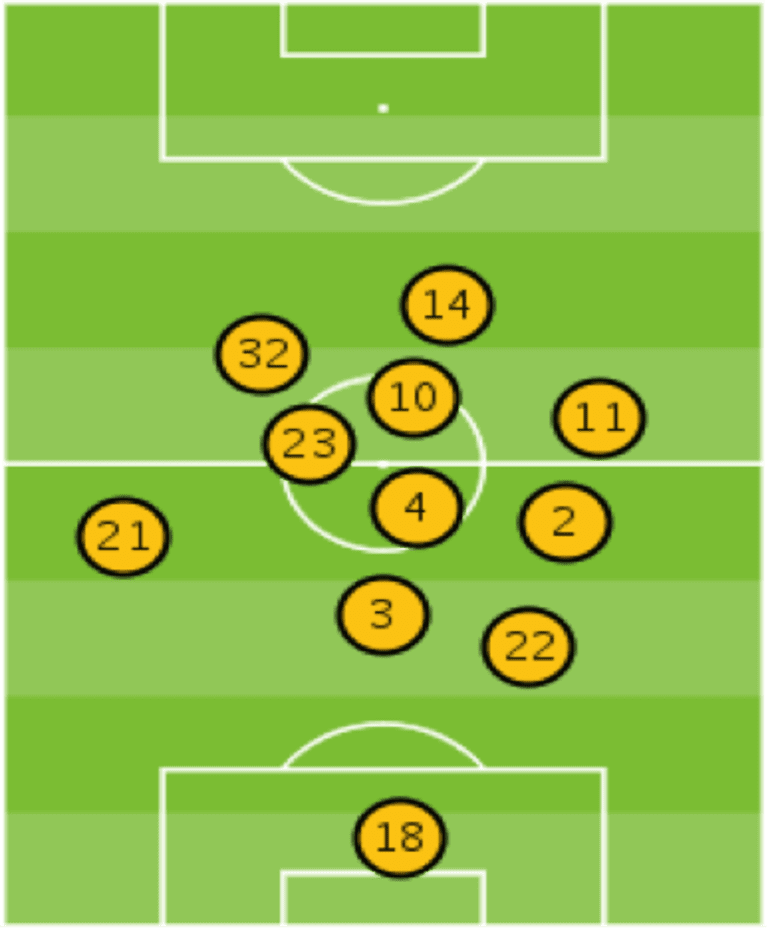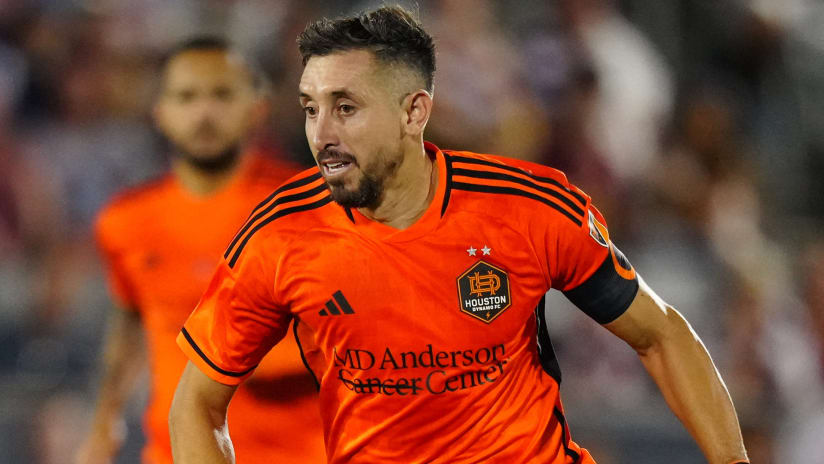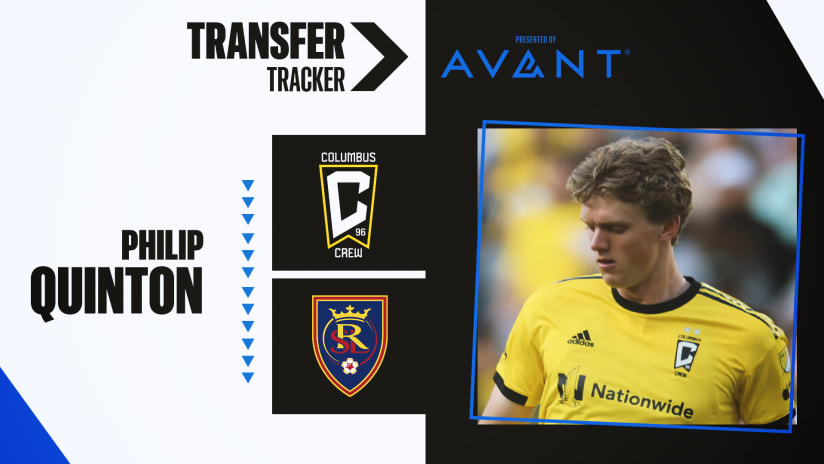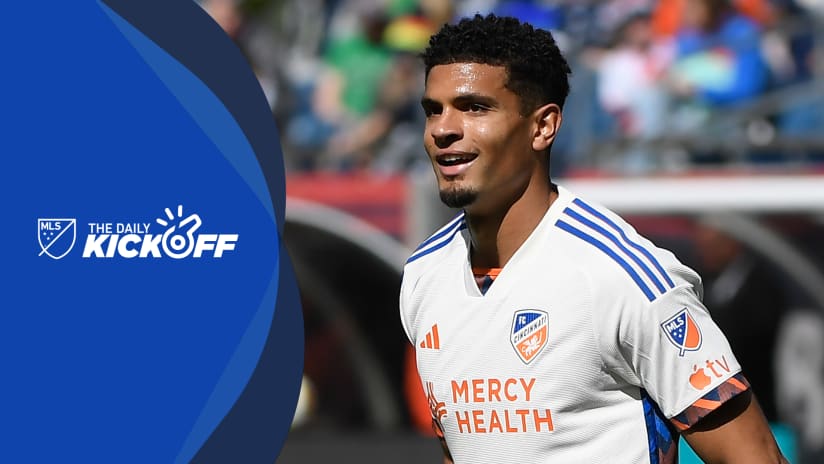Over the next three weeks, MLSsoccer.com will take a look back at the 2012 season that was for all 19 clubs in Major League Soccer, starting with Toronto FC and ending with the Supporters' Shield-winning San Jose Earthquakes. You can find the schedule and comprehensive reviews for each team here.
2012 record: 11-19-4 (37 points); 44 GF / 50 GA (-6 GD)

2012 in Review: Colorado Rapids
Q&A with Rapids head coach Oscar Pareja
Armchair Analyst: Pain, progress for Colorado
2012 Colorado Rapids Average Position

Take a long look and the Rapids' preferred 4-3-3 begins to take shape. Of course, you could also interpret this graphic otherwise (a 4-2-3-1 is hiding in there as well), which makes sense as Oscar Pareja tweaked things after Colorado's season started going downhill.
The positives? Martín Rivero's (10) positioning just behind the forwards and the clear dilineation of duties and space in the Colorado midfield. The not-so positives? Spacing on the backline. Luis Zapata (21) was barely in contact with his teammates, Drew Moor (3) and Marvell Wynne (22) were bunched far to the right and Hunter Freeman probably needed to provide a bit more width.
2012 Colorado Rapids Passing Matrix(Download HERE)
Dax McCarty (1,852) led MLS in successful passes, but Jeff Larentowicz wasn't far behind (1,636). "Big Red," Spanish-speaking announcers' preferred moniker for the midfielder, was clearly the link between Colorado's backline and attacking corps.
Illustrating that fact, Larentowicz completed more than 100 passes to every member of the Rapids defense as well as to Rivero and Jaime Castrillón ahead of him, relying on the two imports to hook up with the three forwards running alongside and ahead of them.
In turn, Rivero was the main source of service to Conor Casey, Omar Cummings and Kamani Hill, also linking up with Tony Cascio more than any other player than Zapata. That's both good and bad. Clearly, the Argentine can play the No. 10 role. Still, the Rapids need more than just his creative juices to flow.
1) Colorado need an injection of talent up top, especially centrally
Casey's time in Colorado is over, an injury-plagued season sending the big man out on a disappointing note. Cummings battled injury issues of his own, and is likely past the glory days of 2009 and 2010.
The Rapids weren't bad in terms of chance creation, finishing in the middle of the pack in most categories and trending toward the top half in many. There is one clear red flag, though: a propensity to miss the target.
Only Sporting Kansas City (261) racked up more shots that failed to threaten the goalkeeper than Colorado (223). If Pareja can bring in a few players who'll pepper the frame, the goal total should rise (and Rivero might have more to show for his efforts).
2) The 4-3-3 may not be the pipe dream it was made out to be midseason
Even Pareja admitted he might have been unrealistic to expect a Gary Smith-coached side to transition quickly and effectively from kick-and-chase soccer to a possession-based system in just one season.
Still, there are signs of significant progress from 2011 to 2012. Colorado were fourth in MLS in completed passes. They completed 900 more passes in the opposition half than the year before, missing the mark less as well.
And here's the kicker, after creating just 12 big chances during 2011, the Rapids logged 31 under Pareja, with big-chance assists going from four to 15. That's significant, and it's mostly becase of Rivero.
3) Colorado may have had the ball more, but they were more vulnerable without it
That last point about the 4-3-3 sounds pretty good, that is until you see the trade off. The Rapids allowed nine more goals last season than in 2011 (50 vs. 41), and most of that production came within the penalty area.
The backline often struggled, with Larentowicz forced to man the defensive midfield alone until the arrival of Hendry Thomas, and allowed 90 percent of goals scored to come within the 18-yard box. And that's not considering all the sure goals miraculously kept out by goalkeeper Matt Pickens.
Pickens' save numbers went up across the board – 111 vs. 75 overall, 65 vs. 44 inside the area, 46 vs. 31 outside the area – and that suggests things could have been much, much worse for Colorado.
Random nugget: Rivero created 79 chances during the 2012 season, good for third in MLS behind Graham Zusi (99) and Javier Morales (80)














